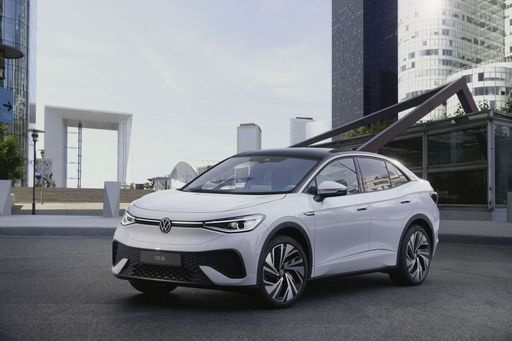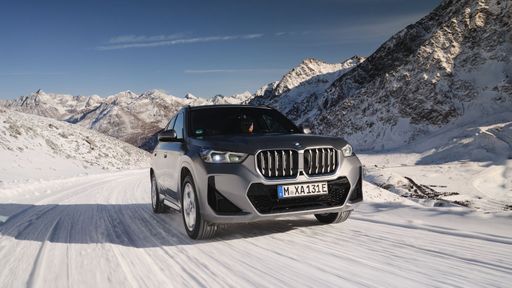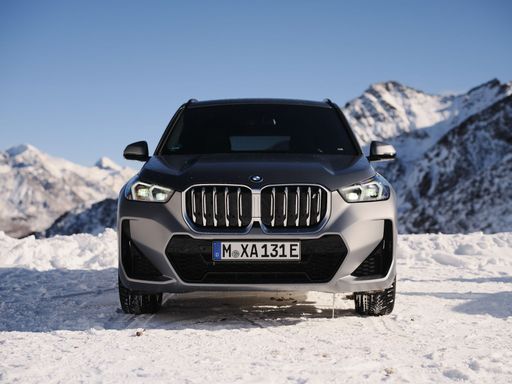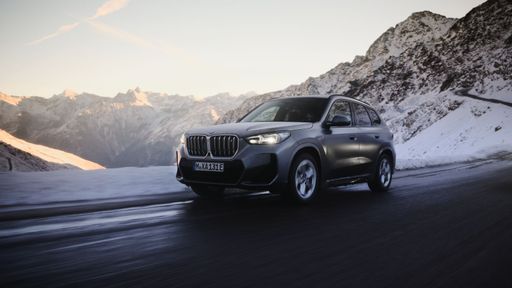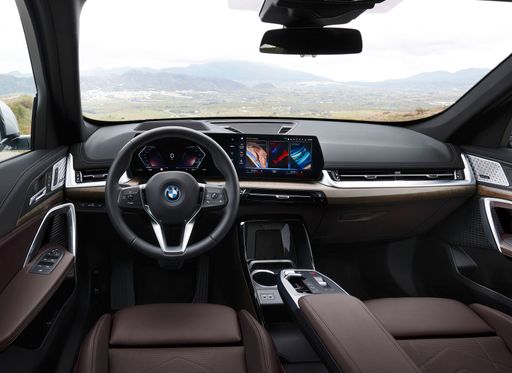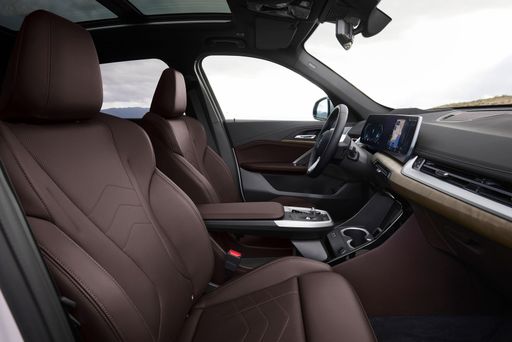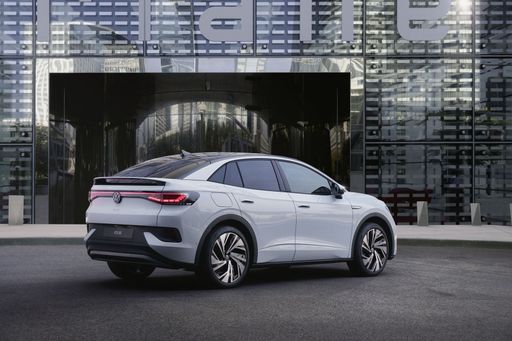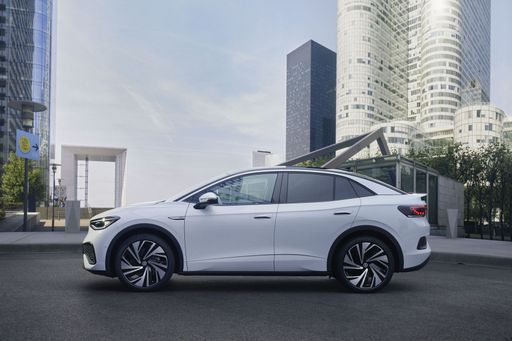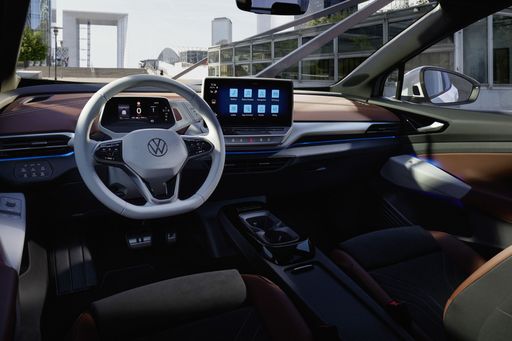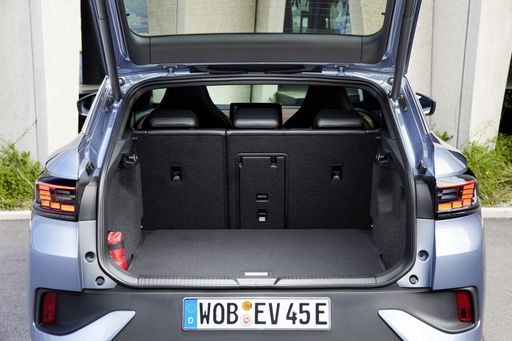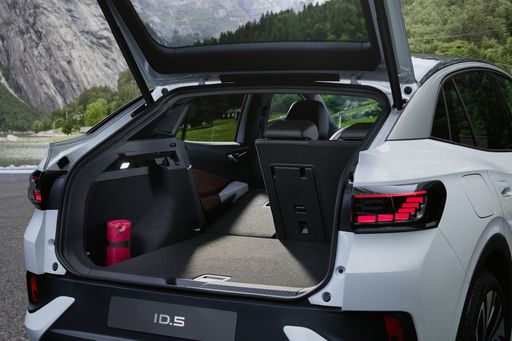The Battle of Electric SUVs: BMW iX1 vs. VW ID.5
In the ever-evolving world of electric vehicles, the BMW iX1 and Volkswagen ID.5 stand out as compelling options in the compact SUV segment. Both models represent the merging of innovative technology and environmental consciousness, but how do they stack up against each other? Join us as we explore their technical aspects, innovations, and overall user experience.

